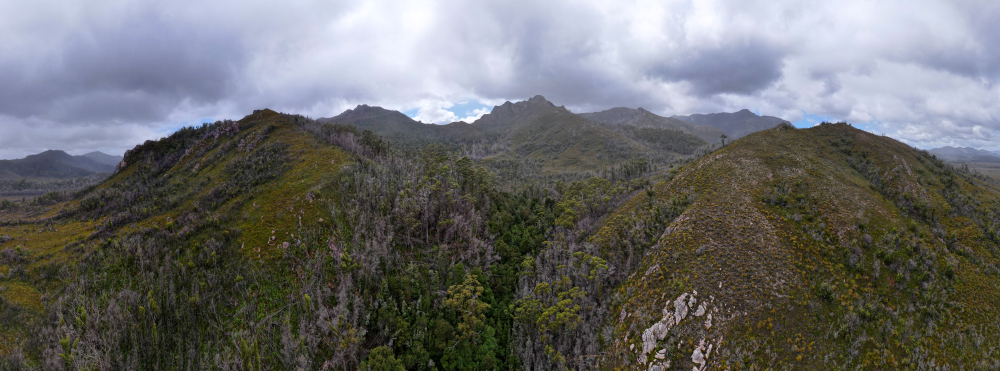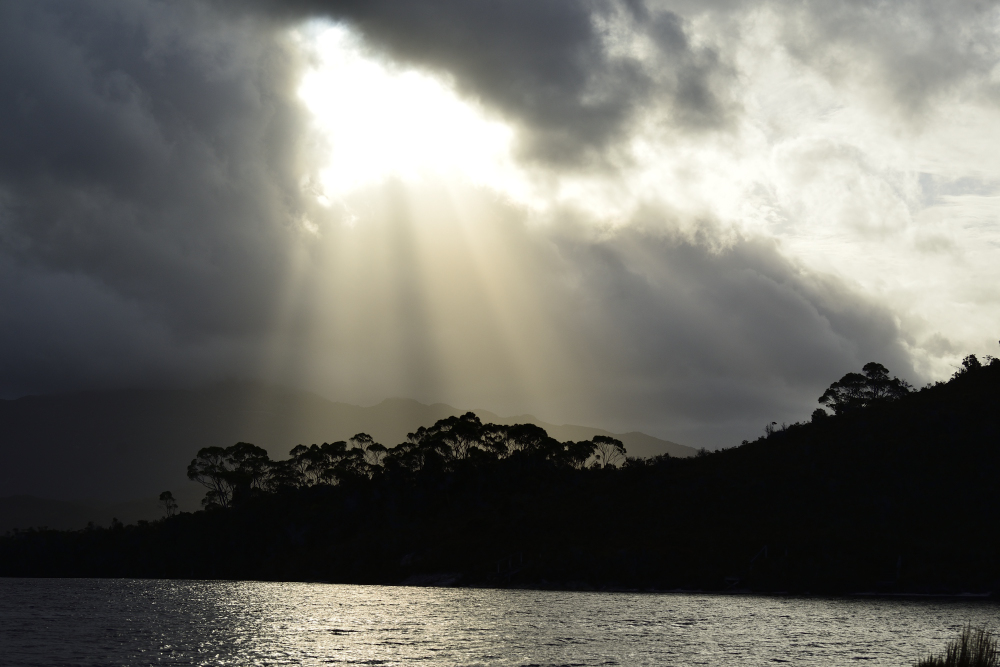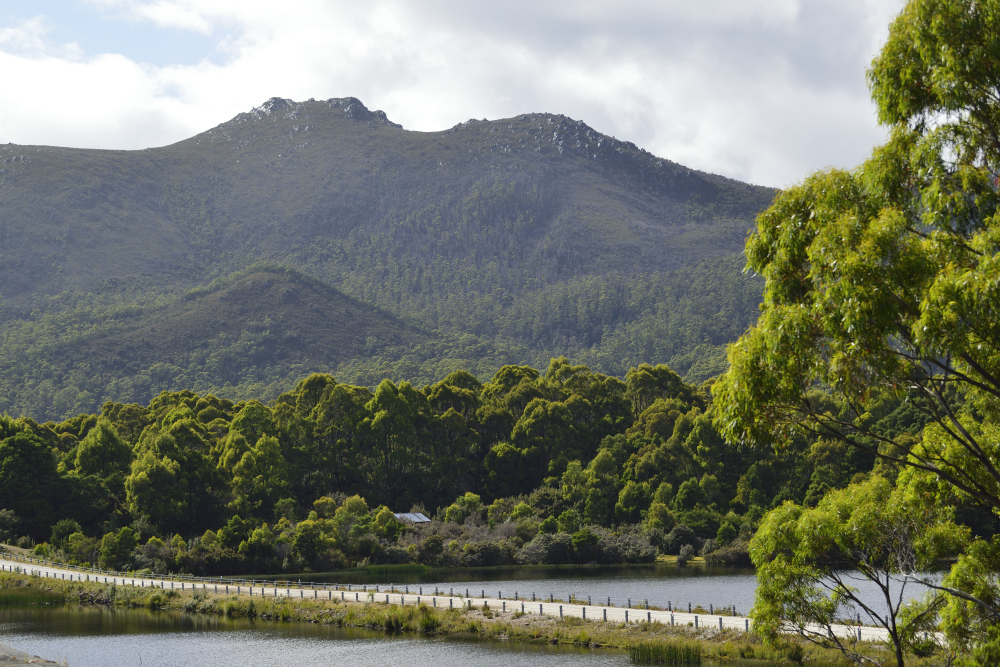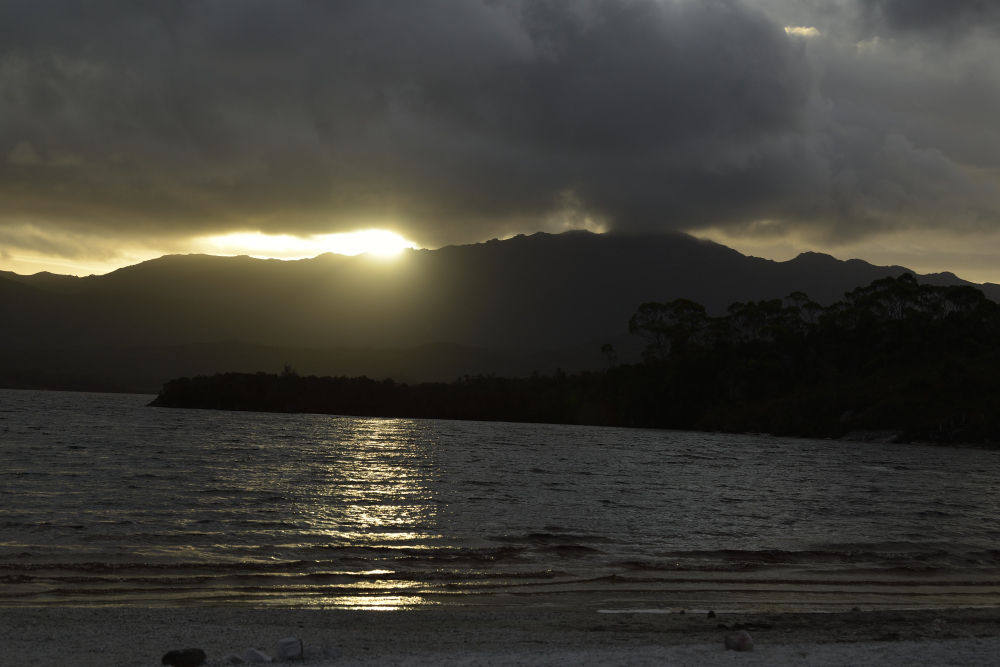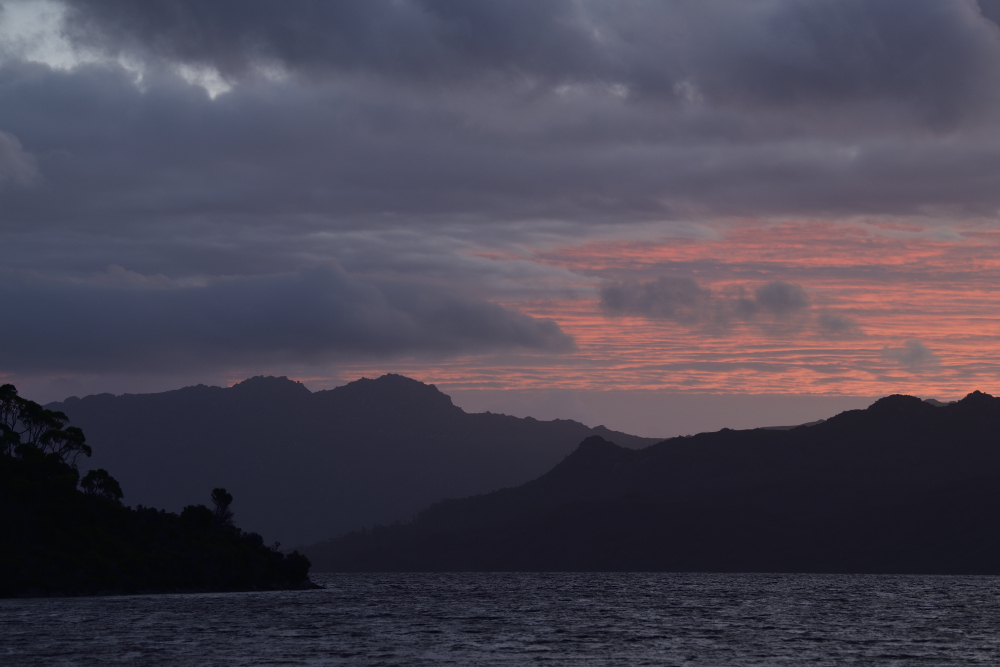Unesco Wilderness World Heritage: Tasmania in the wild corner.
A very large part of Tasmania is with such a richness of species and amount of nature that it is included in the world heritage list.
Only a single road goes out into the south-west area. Out there you will find a mixture of strictly protected areas, as well as different degrees of less protection where timber is harvested and electricity is produced in hydroelectric plants.
The road dates back to the 1800s, when man's purpose was to tame wild nature. In today's eyes, perhaps not a noble purpose, but remember that the prosperity that progress created has paved the way for people today to skip school and be concerned about the state of the planet.
As we drive out along the very winding road, the landscape changes once more. Hills become mountains and the forest takes on infinite dimensions.
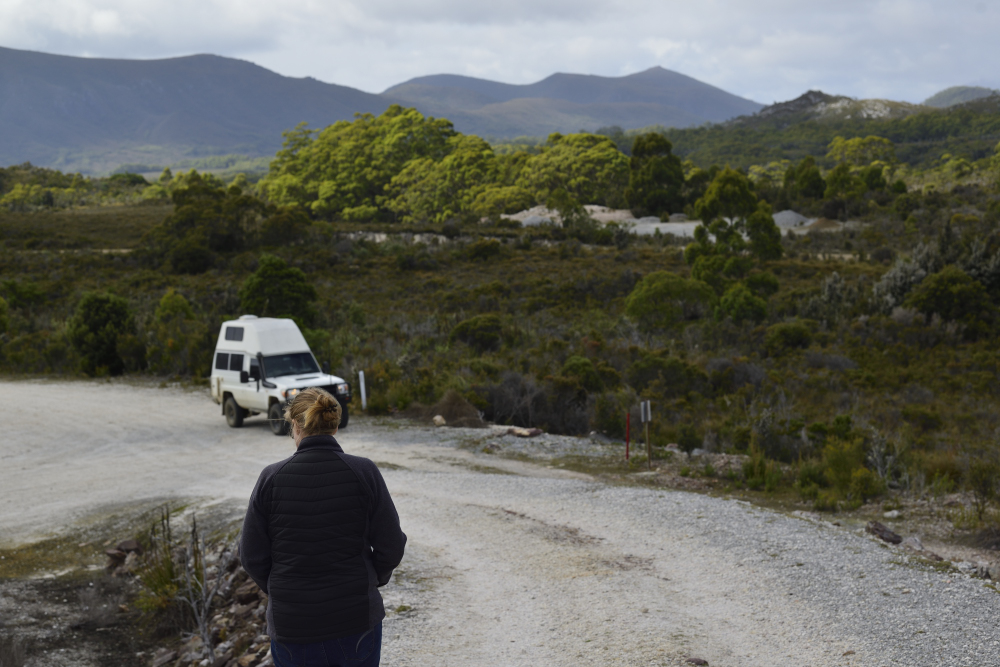
Both in density, spread and height, it seems more and more impressive. In the Styx Tall Tree Forest Reserve, forest paths have been made into the undergrowth and in this case it is real below-the forest. Among the many impressive giants, there are trunks that rise more than 80 meters in height. Massive roots and the lower part of the trunk, turning us into little babies next to elephants.
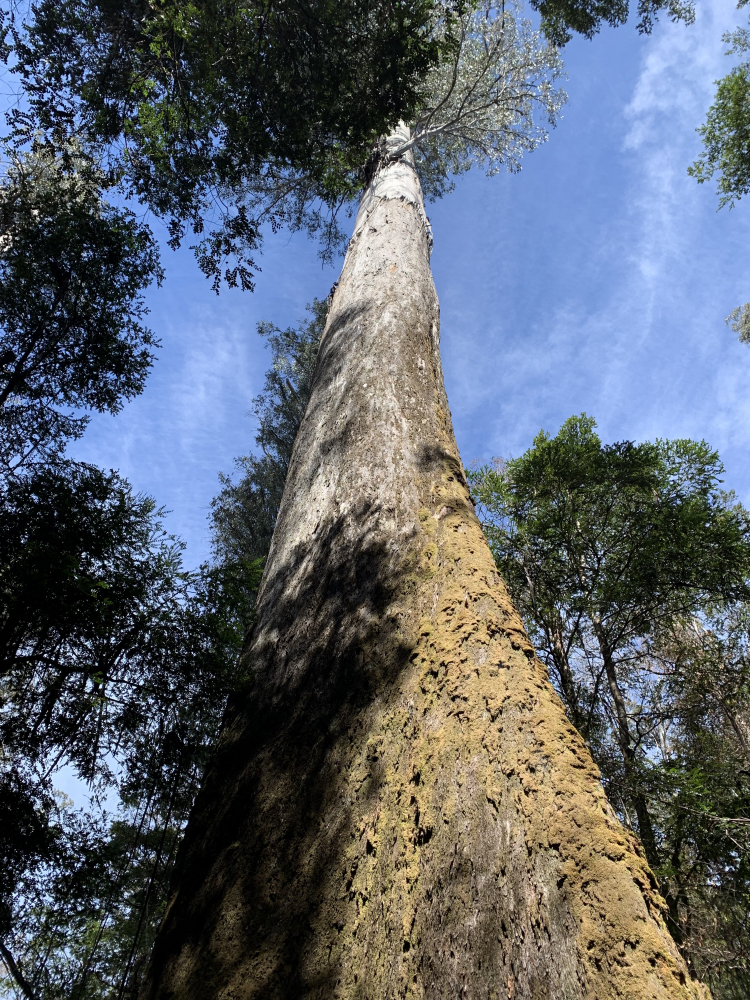
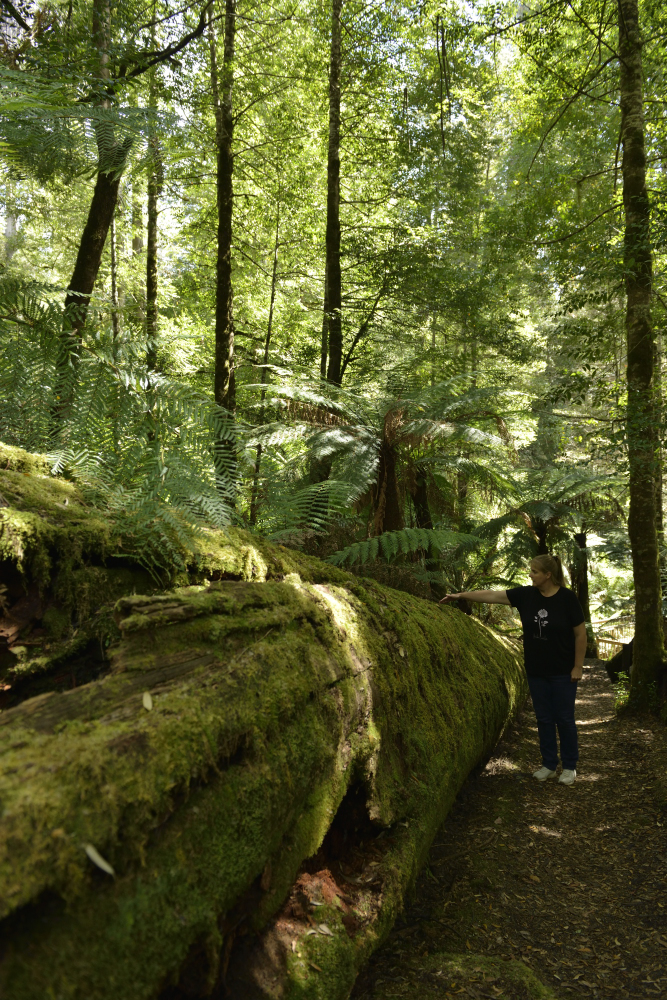
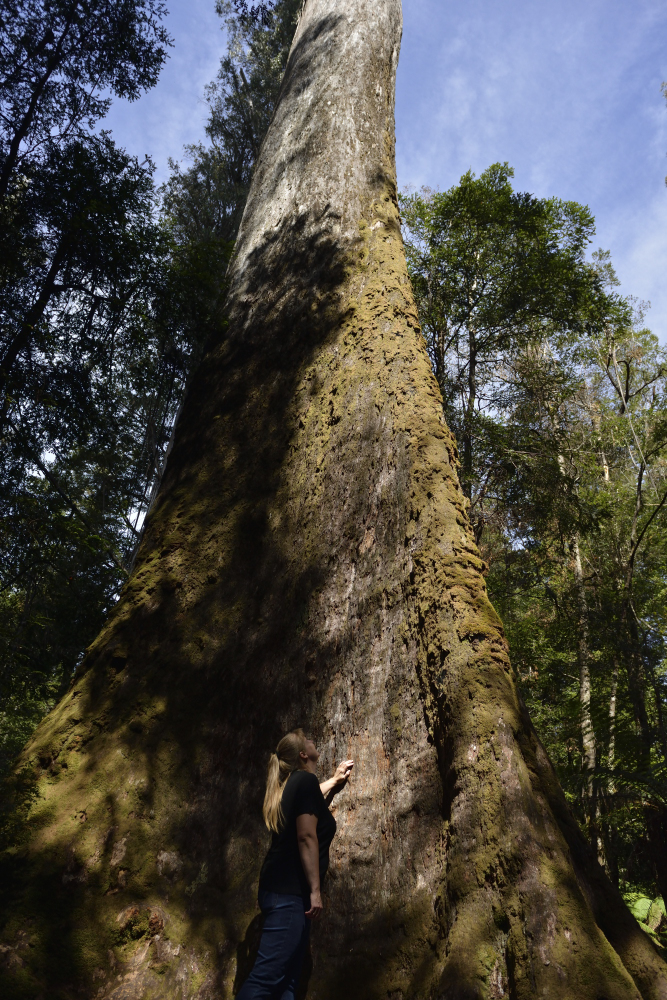
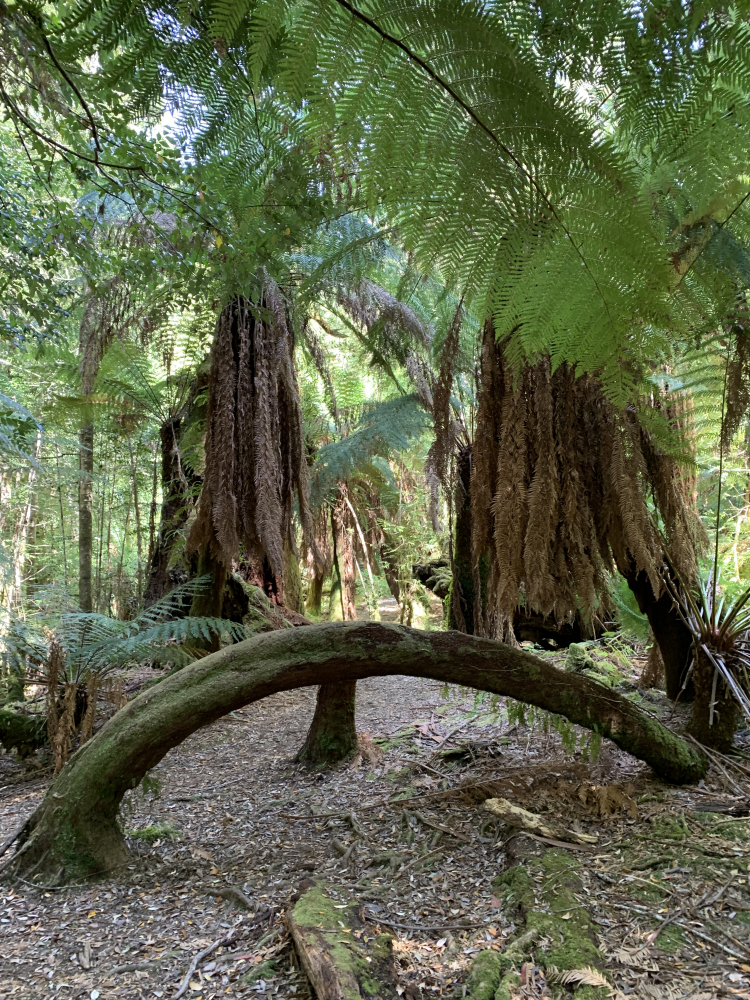
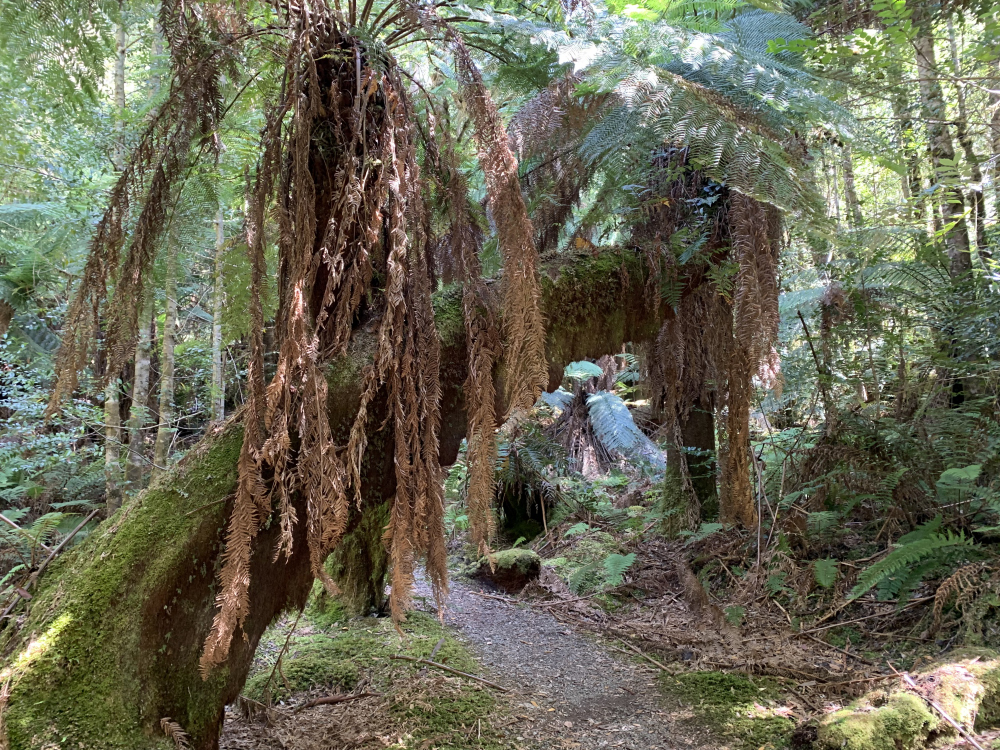
As we drive, we see a smaller animal rushing across the road. Whoa…wasn't it??
The car is quickly parked on the side of the road, not quite optimal as there are blind bends both in front and behind - but it is the only option. Fortunately, the traffic is sparse - so we take the chance.
Johnny runs back to where the little animal crossed the road. After a short search, we managed to find an animal with fur and spikes - a short-beaked Echidna - or in Danish, the short-beaked anteater.
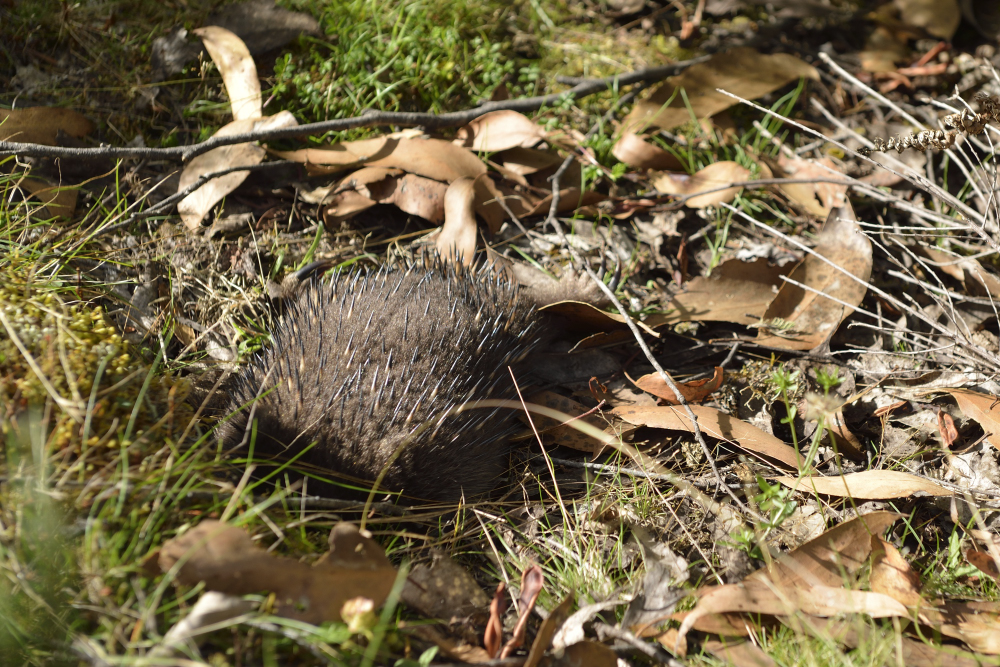
Echidna has long been at the very top of the wish list of special animals that we would like to find. The guy here is probably very young and not fully grown yet. As an adult, it is approximately twice as large and the growth of spines completely covers the body.
The echidna is very cautious and reacts to every camera click. At the same time, our car is parked a bit stupidly - if other cars come. We decide to only take a few minutes with it - before we have to move on.
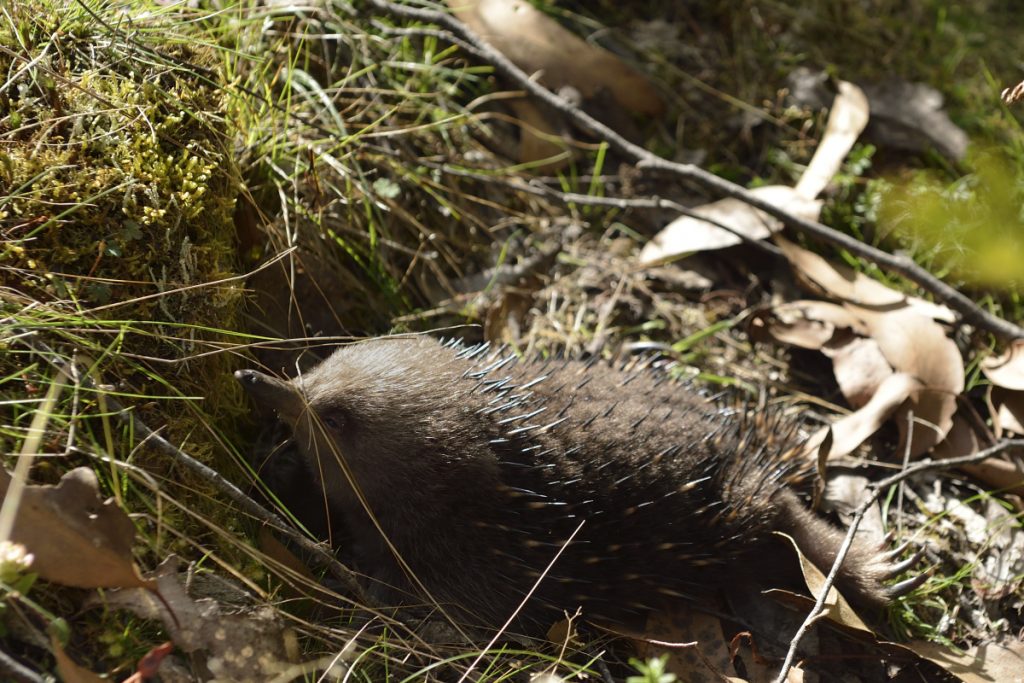
Ideally, we would have sat still for hours, then it would realize that we are not dangerous - but not this time. The smile of having found a wish-list animal – however, lasts for several hours afterwards.
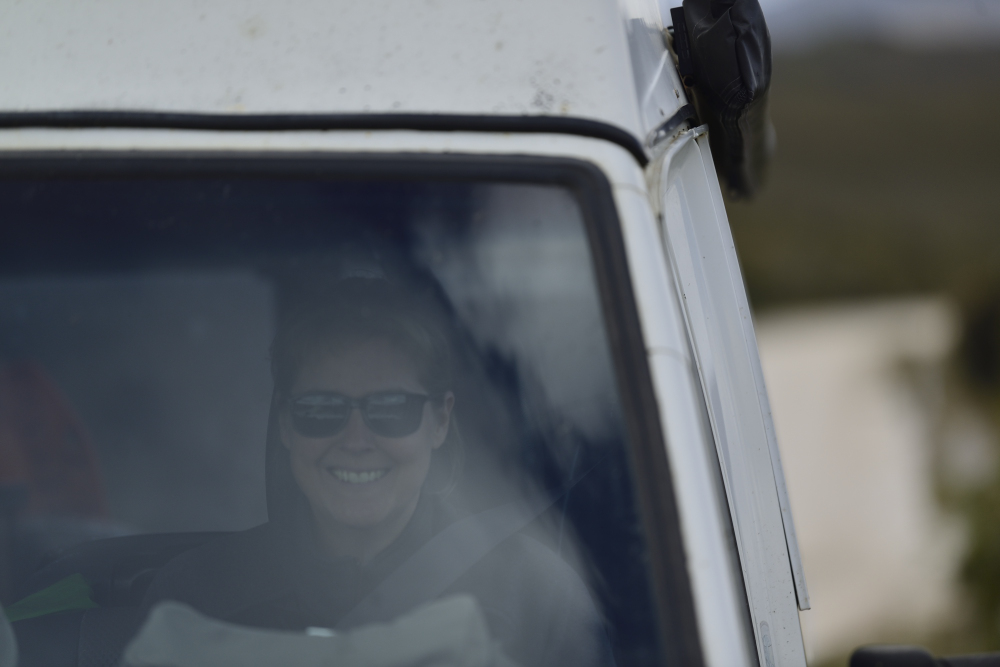
Out at the end of the asphalt road, lies one of Tasmania's hydropower plants. In the sixties, it was decided to make rather large changes to an already existing lake. Via large dams, Lake Pedder was created over an area of 240 km2. The purpose was to utilize the annual rainfall of 2.5m and use it as an energy reserve for a hydroelectric plant. Today, power generation covers 13% of Tasmania's energy consumption.
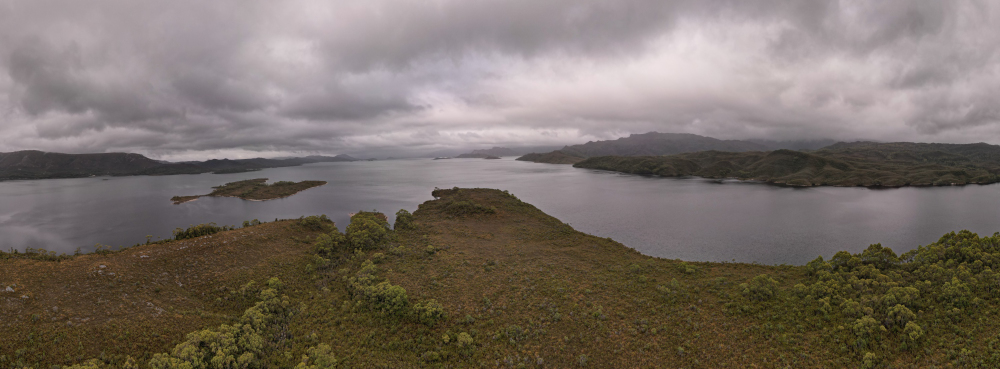
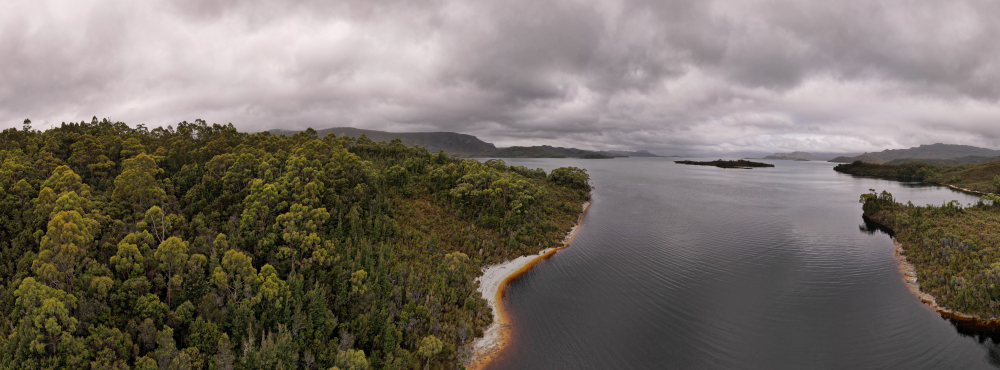
The project also met popular opposition, which led to the formation of the world's first environmental party with a green agenda.
Today, when you can visit the various dam facilities, it is an impressive sight. Partly it is the engineering feat of building structures that retain that amount of pressure / weight. Partly, the lake is a scenic area where dirt roads give us access to parts of the Tasmanian wilderness that we could not otherwise access.
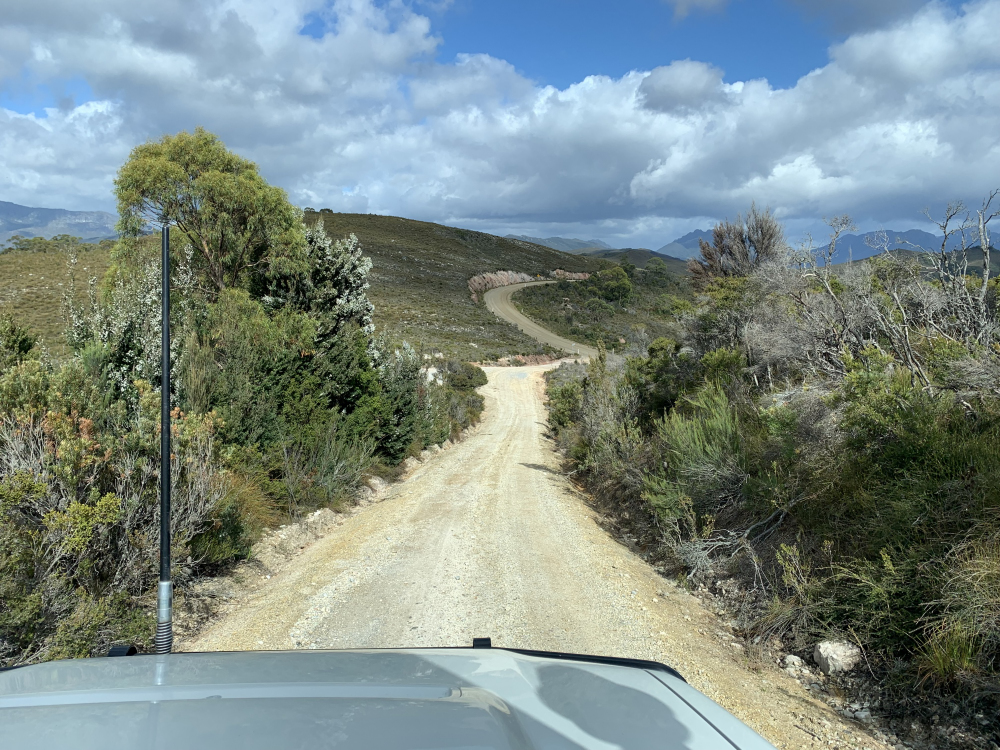
Of all the places we have traveled in the world, the constantly changing scenery in the south-west is one of the most beautiful we have experienced. We went out there thinking to spend a single day but reluctantly had to leave after 3 days. If only we had brought more food - we would have stayed there even longer.
